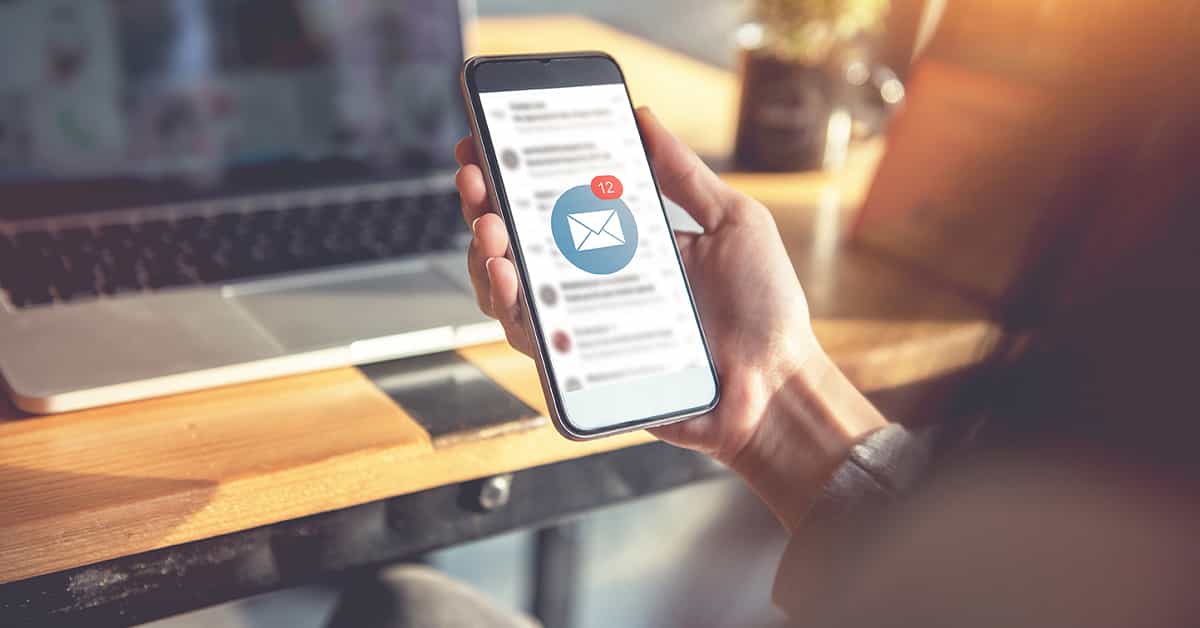How can you write emails that generate response?
In this short Snack Time video, Co-CEO David Searns explains how to craft emails that get employers and job seekers to act:
The problem with email marketing?
About 80% of the emails you’re sending never even get read.
Here’s how to get more people reading and reacting to your emails:
It starts with your email subject line.
How do you craft a really good subject line? First off, be direct. Address a very specific issue as quickly as you can. And less is more. The fewer words, the better. If we can say something in five words instead of seven, or three instead of five…or sometimes even one word…that can be the best subject line. Think about your subject lines in your internal emails. Very often, people will use just one word or two words. You can do that in your marketing emails, too.
Personalizing email subject lines helps.
Address people by name or organizations by company name. Talk from the reader’s perspective. Offer something of value from the pain points, the interests, the challenges of the person receiving your email.
Address your audience’s pain points.
Think through the problems, challenges and interests that the recipient has, because if it’s specific to them and relevant to them they’re going to open it.
Here are a few examples of effective email subject lines:
- “Tuesday meeting follow-up.” Now, if I had a meeting on Tuesday and I’m sending an email out, this is a perfect subject line idea for you, piquing a little bit of curiosity.
- Using an emoji. I’m not a big fan of using emojis personally, it’s just not my style, but if it fits yours, studies have been done that prove they increase email open rates.”
- “John: Report I promised.” If I’m sending a follow-up to John and I promise him a report, that’s totally relevant. But what if I never promised John a report? Well, maybe I could do this as a sequence: 1.) John great report for you. Then I tell John about the report in the email. 2.) John report I promised. This email has a link back to that report.
So, I can be using the same content or subject matter of an email in a sequence to try to get John’s attention - “7 little-known hiring tips.” This is an example of piquing curiosity. They’re little-known tips, so if I’m an employer trying to hire I probably want these tips. And the fact that there’s seven of them makes it more specific.
- “How XYZ Corp cut time-to-hire by 50%.” If you have a specific case study, they make great subject lines. When you share an example of a company (hopefully one people know) and a specific result that’s relevant to the person receiving the email, you can generate that curiosity.
- Asking questions. Address topics people might not know about or questions clients or candidates frequently ask you.
- Creating a sense of urgency or scarcity, like limited-time offers. I got one yesterday from a local restaurant: “Hey we’re giving away two passes.” So the idea is something that has limited availability in a limited time frame to react.
- Free offers. Watch it out for the word “free” though; it actually reduces your deliverability. But if you have something great to offer and it’s relevant to that recipient, it’s totally appropriate to talk about that offer in your subject line.
- Include words that increase email open rates. Google “words that increase email open rates” and you’ll find dozens of ideas of words you can incorporate into your subject lines. For example, including a specific number like the example above with “7 little-known hiring tips.”
Design emails for mobile.
60% to 70% of the emails you send out are going to be read on a smartphone, so make sure your emails are designed to look great on mobile. And test stuff! Test your subject lines, test the words you use, test the offers you’re making. The more testing you do, the more you’ll find things that work.
Create a strong call to action (CTA).
The bigger problem with email marketing is, even if people read your emails, only about 5% of emails get a response. So how can we get people to take action? Well, we need a good call to action or an offer. What are you offering the recipient of your email to get them to take the next step? You have to have something that’s relevant to their challenges and their interests. It needs to be something that they can’t easily get on their own, and that they really would find value in. The offer should be timely and address something that’s going on in their world right now.
So right now, think about your clients and the fact that maybe they’ve got more call-offs because of challenges with Covid. Say you’ve written a little white paper on three strategies to deal with call-offs; that might make a great eBook offer. It’s timely and relevant to the problems your client is having right now. Then make sure your calls to action are specific, bold and clearly tell people what you want them to do.
Drive people to a landing page.
A really good email drives people to a landing page where they can take action. If you’d like to see an example of one of our landing pages, our emails offer a Smart Marketing Guide with 150 ideas to improve marketing.
Ready to put email marketing to work for you?
Check out HaleyMail: The complete content marketing solution with everything you need to sell, recruit and stay top-of-mind.













